Odyssey
REBECCA CAMACHO PRESENTS
SAN FRANCISCO
NOVEMBER 4 – DECEMBER 16, 2023
SAN FRANCISCO
NOVEMBER 4 – DECEMBER 16, 2023
Accompanied by a conversation with Usha Iyer, Assistant Professor in Film and Media Studies at Stanford University.
"The sumptuous, vibrant photographs in Jamil Hellu’s Odyssey inhabit multiple realms at once, capturing moments fixed in time but hardly fixed in their meaning. At first glance, these candy-toned compositions seem abstract: swaths of brightly colored fabric, foam, paper, and in one case, reflective mylar, enrobe a figure, only identifiable as such through the occasional glimpse of feet, legs, a hand or a forearm. Exuberantly, extravagantly concealed, the subject (also the artist) poses against a seamless solid-colored backdrop that Hellu describes as “an ephemeral space…neither here nor there.” But “pose” is not quite the right word for the physical actions captured by Hellu’s camera. Crouching, bending, sometimes almost levitating, Hellu shoots alone in the studio, using a timer, flash, and long exposure to achieve the motion blur and diaphanous afterimages that fringe some of the figures. The edges of others appear crisper, as if completely still, but they are flexed, animated with the potential energy of body and material in shared movement.
Highlighting the form in performative, Hellu flirts with the dimensionality of abstract sculpture while engaging an art historical lineage of the dynamic draped figure. By refusing an immediate conjunction between figuration and legible identity, Hellu’s Odyssey also contributes to emerging discourses of queer abstraction as a means for imagining new modalities of gender and embodiment beyond the binary, as theorized by David Getsy, Gordon Hall, Lex Morgan Lancaster, and others. Hellu cites the collaborative work of Claude Cahun and Marcel Moore, which he first encountered as an art student, as an influence informing his tendency to appear in his work. Using his own body and all its connotations - raced, gendered - is one way Hellu seeks to trigger conversations about photography’s simultaneous production of both normativity and otherness. In this sense, he joins a tradition of intimately participatory photographic self-portraiture that includes not only Cahun but artists such as Robert Mapplethorpe or Paul Mpagi Sepuya. In contrast to some of these photographers’ more naturalistic or monochrome color palettes, however, Hellu’s use of color recalls a tropical bird’s variegated plumage. He flaunts the saturated, luminous look of the works in Odyssey, like the bird, to attract attention.
Hellu’s queer politics of representation hinge on present joy, imaginative play, and possible futures; the series title Odyssey celebrates identity’s evolution and constant state of flux, an arduous journey of defying oppression that ultimately brings one back to oneself. In a previous series, Hues, Hellu created portraits in collaboration with another queer person - a friend, a friend of a friend, community members - dressing up and posing for sweet, sometimes sexy, often droll tableaux. He summarized the discussions they had while working together in the photographs’ narrative titles, which range in length. Where the titles in Hues offered much to the viewer and the image, the untitled works in Odyssey are generous in a different way. By not calling them anything, Hellu dilates the space between seeing and naming, inviting a viewer to revel in their vivid abundance."
Jana La Brasca
Jana La Brasca
